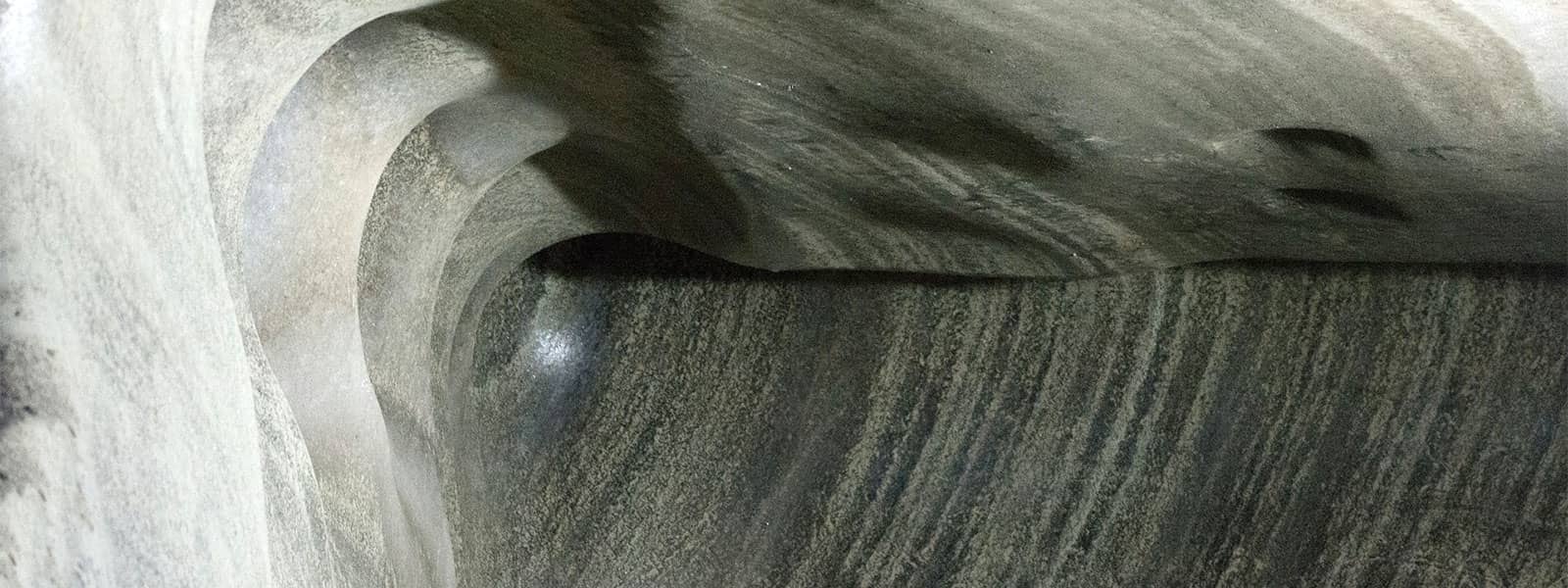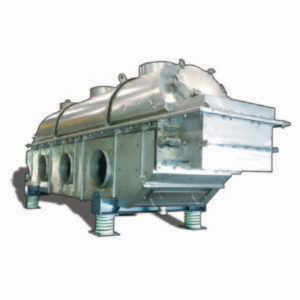
Drying is one of the most performed industrial processes, and people have been drying materials since fire was discovered. Since it is such an old and important process there are numerous methods of industrial drying, but selecting the correct one is essential for producing a high quality end product.
Choosing the wrong type of dryer technology can lead to problems with the material, including being burnt, or not fully dried due to lower drying efficiencies. Some materials will clump when dried incorrectly, melt if exposed to too hot of a temperature, or rot and spoil if not dried completely. Some dryers can perform additional processing along with the drying, and if this is not done the product can be ruined.
Belt Dryers
One popular type of dryer is the belt dryer, which mechanically conveys the material on a moving conveyor belt, exposing it to the heat source suspended above. These dryers are good for when the material cannot be agitated or mixed while drying, or when emissions are a concern. Even though they have a large footprint, they can be flexible to fit within an area, and can often elevate material while drying.
Belt dryers are not able to dry thoroughly to the lower residual moistures that other dryers can reach, and because the material is stationary on the belt there is an inconsistent level of drying where the surface has been dried but inner layers which were not exposed retain their moisture. Trying to fix this by increasing temperatures or residence time can result in the top layer burning by the time the inner layers do dry.
Belt dryers also often have a higher operation and maintenance costs than other dryers, since the belt will wear out and needs constant adjustment to keep the tension correct. Material will fall under the belt and while being conveyed and need to be cleaned before build up causes sanitation and abrasion issues. Belt dryers have also been attributed to several combustible dust explosions ignited by the friction heat of the belt.
Fluid Bed Dryers

Another popular type of industrial dryer is the fluid bed dryer, which can be either static or vibrating. The fluid bed dryer works by moving material over a perforated plate using blowing air underneath. This air causes the material to behave in a fluidized state, allowing it to flow and behave like a liquid. When the air is heated, it is able to fully envelop each particle of the material being dried, ensuring it is even and consistent with no hot spots or materials remaining wet. Adding vibrations helps to fluidize and move otherwise stubborn materials and increases efficiencies.
The airflow and temperature can be adjusted for each individual material, and the equipment can be custom engineered and sized for the desired residency time to properly dry without burning. Because of fluidization, the material is thoroughly mixed, resulting in a homogeneous end product, and any fines can be removed and captured later. The fluid bed dryers can also be built with different temperature zones, allowing the material to be cooled and stabilized in the same piece of equipment, preventing condensation while cooling that belt dryers suffer from.
Fluid bed dryers can be built with food grade stainless steel, and can include clean in place nozzles and removable hoods to make cleaning easy and efficient. Dried material can also be back-mixed to help dry difficult to process materials.
Contact a Carrier Vibrating Equipment engineer today to discuss the various methods of drying and which one fits your specific processing requirements.






